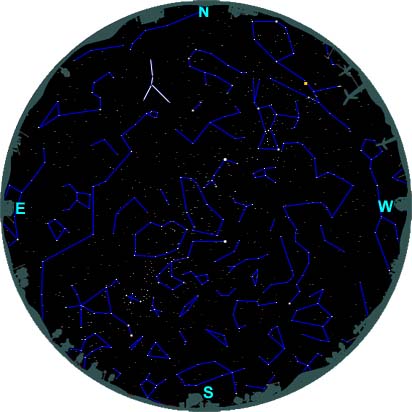Cancer Constellation Facts
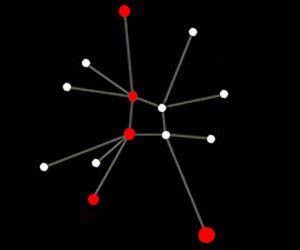
On star charts Cancer is usually outlined only with the stars marked in red.
- Cancer is visible in both the Northern and Southern hemispheres.
- In the Northern hemisphere the constellation can be seen from late autumn to spring.
- In the Southern hemisphere Cancer can be seen in the summer and autumn months, note that it will appear upside down.
- Most of the stars that make up Cancer are quite faint, as a result it is one of the dimmest constellations.
- The brightest star in the constellation is Altarf, which is over 500 times more luminous than the sun.
- In Latin cancer means crab.
- The Tropic of Cancer is named after the constellation.
- The Tropic of Cancer is a line of latitude which marks the most northerly point at which the sun can be viewed directly overhead.
- On this line the sun now falls within the constellation of Taurus at the summer solstice, but in ancient times it was in the constellation of Cancer.
- Cancer is based on a 3,000 year old Babylonian constellation which was named "The Crayfish".
Cancer Mythology
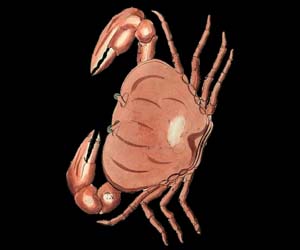
Cancer is associated with the crab and is one of the twelve signs of the zodiac.
Main Stars in the Cancer Constellation
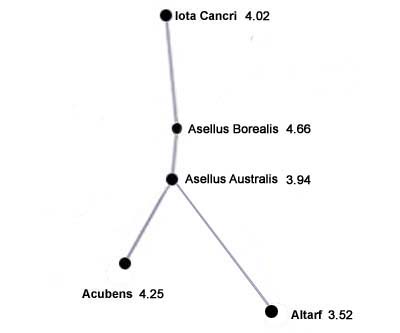
The number next to each star is its apparent magnitude, its brightness from our point of view
on Earth, the lower the number the brighter the star in the night sky.
Also known as Beta Cancri and the brightest star in the constellation, Altarf is an orange giant around 290 light years from Earth, the star is around 50 times larger in diameter than our sun. Acubens
Also known as Alpha Cancri, Acubens is a white main sequence star with a similar radius to our sun but with twice the mass, it is located around 175 light years from Earth. Asellus Australis
Also known as Delta Cancri, Asellus Australis is an orange giant star around 180 light years from Earth. Asellus Borealis
Also known as Gamma Cancri, Asellus Borealis is around 160 light years from Earth and is a white star in the process of becoming a giant. Iota Cancri
A two star system around 300 light years from Earth, the brightest of the two is a white giant while the other is a white main sequence star.
Finding Cancer - Northern Hemisphere
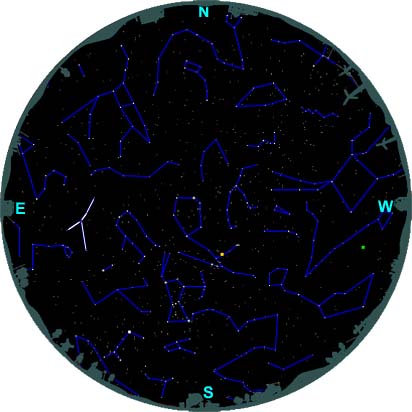
Finding Cancer - Southern Hemisphere
